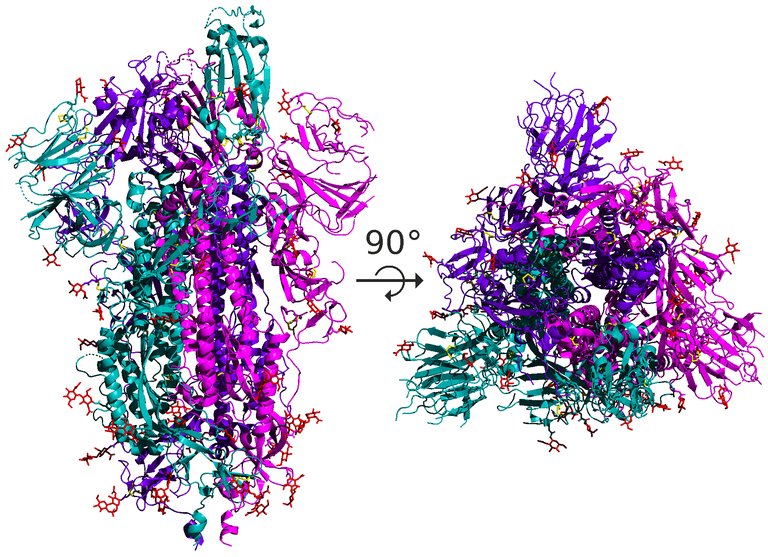Language analysis algorithms serve to predict virus mutations

Based on conceptual similarities in the evolution of languages and viruses, MIT researchers have developed a tool to predict virus mutations. It can be a useful tool to predict mutations that viruses can develop to escape the immune system or vaccines. The work has been published in the journal Science.
Based on the linguistic concepts “grammar” (or syntax) and “meaning” (or semantic), researchers have used a linguistic processing technique. This technique is used for learning languages by machines, but in this case the sequences of words have been replaced by one of amino acids. In fact, just as the grammar (structure) of a phrase is preserved by changing the words, but the meaning can be changed, by mutations the viruses can maintain the structure and infectious capacity, but change the semantic virus so that the antibodies are not known. And this new tool serves to predict what options there are to do it.
The models have been developed for Influenza A, HIV and SARS-CoV-2 and, according to the researchers, have announced precisely the mutations that can serve as escape and have determined the structural zones with a high leakage potential. In the case of SARS-CoV2, for example, they have seen that the entire leakage capacity of the spike protein (which uses the virus to introduce it into the cell) is found in two of the three domains of that protein.
Buletina
Bidali zure helbide elektronikoa eta jaso asteroko buletina zure sarrera-ontzian











